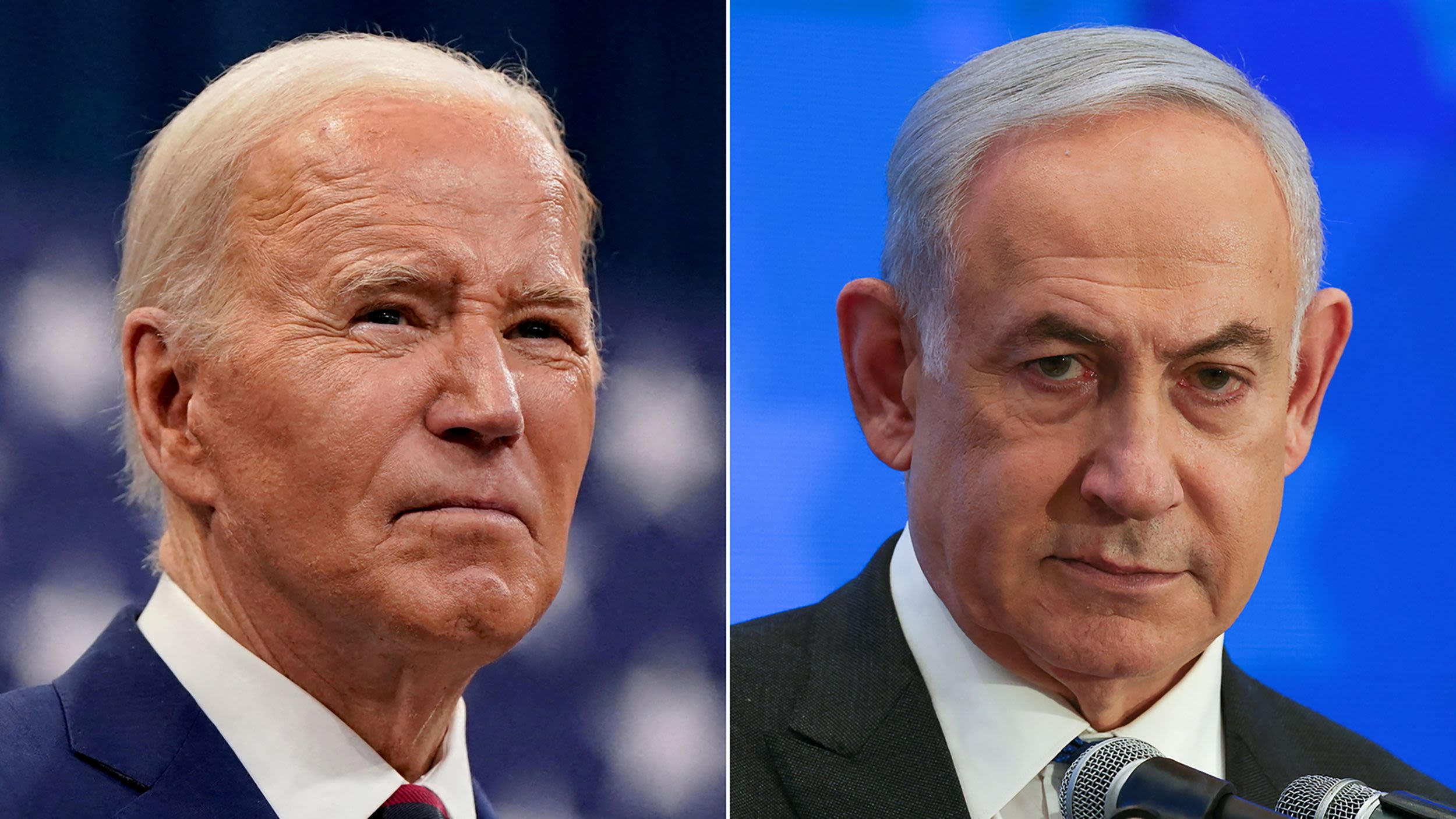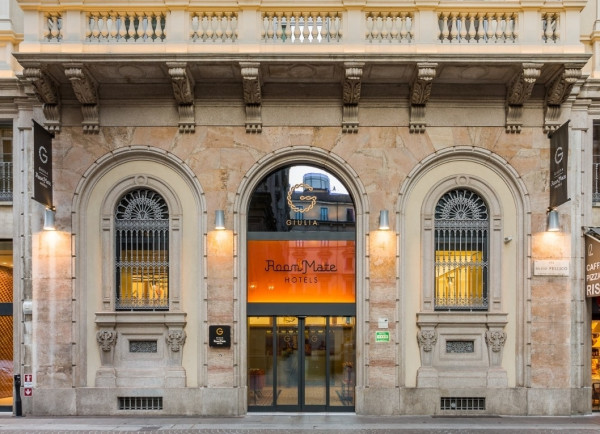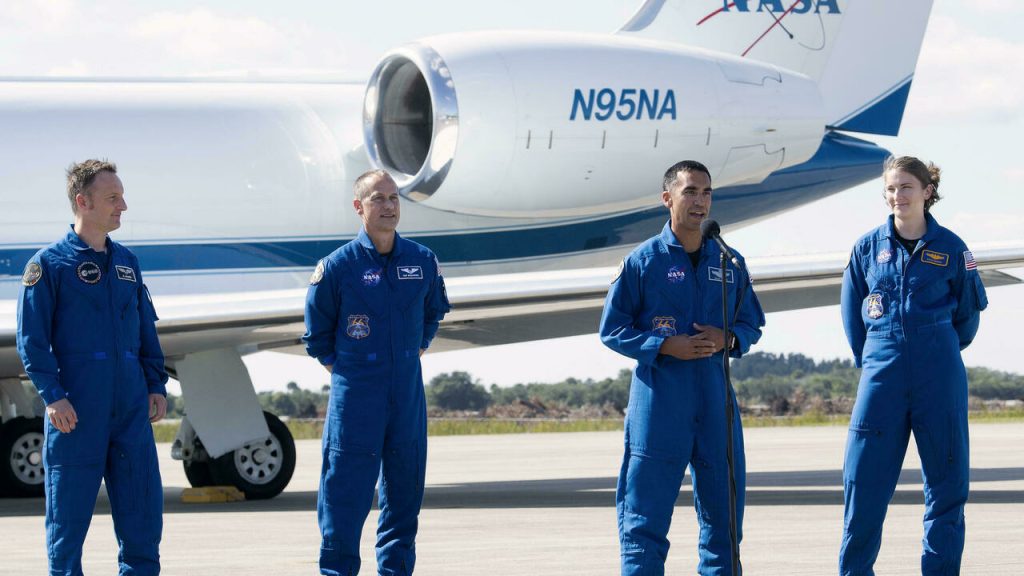First Amendment: Last update:
NASA again partnered with private space agency SpaceX to send four astronauts to the International Space Station on Sunday, three of whom will go for the first time.
The crew of the Crew-3 mission will spend six months in the orbital position, conducting research in areas such as materials science, health and botany, to contribute to future deep space exploration and to the benefit of life on Earth.
Americans Raja Chari, Tom Marshburn and Kayla Barron as well as Germany’s Matthias Maurer of the European Space Agency (ESA) will take off aboard a Crew Dragon spacecraft called “Endurance” which will be mounted on a Falcon 9 rocket.
The launch is scheduled for 0221 local time (0621 GMT) from the Kennedy Space Center in Florida.
“Last night we were able to see the ‘endurance’ in the hangar, as it was preparing to take it to the platform, we touched it with our hands, and it is a very special experience,” said Shari, a US aviation colonel.
Of the four, only Marshbourne has traveled to space before. The medic flew on a space shuttle in 2009 and a Russian Soyuz spacecraft on a mission from 2012-2013.
Barron, who was selected with Chari to NASA’s Astronaut Corps in 2017, previously served as a submarine warfare officer in the Navy. He told reporters that he saw a lot of similarities between that experience and going into space.
Maurer, a materials science engineer, will become the 12th German to go into space and will join fellow ESA astronaut, Frenchman Thomas Pesquet, on the International Space Station (ISS). It is possible that the two will coincide a few days before the Frenchman returns to Earth with the rest of his companions on the second crew.
After a 22-hour flight, Endurance will independently rejoin the space station at 0410 GMT on Monday.
Scientific highlights of the mission include an experiment to grow plants in space without soil or other growth media, and another experiment to build optical fibers in microgravity, which previous research has found would be of higher quality than those made on Earth.
Maurer will help commission the European robotic arm currently installed on the Russian part of the International Space Station, and will test CIMON, an artificial intelligence assistant jointly developed with the German space agency DLR, Airbus and IBM.
“It’s an experience that really paves the way for exploration,” he said.
For example, he might one day serve as a geologist that astronauts on a future mission to Mars can turn to for quick answers, since the interval time for contact with Earth would be 40 minutes, he said.
Crew 3 astronauts will also go on space trips to complete the station’s solar panel upgrade.
They will also be present on two tourism missions, which will include Japanese visitors aboard the Russian Soyuz spacecraft in late 2021, and the SpaceX Axiom crew, scheduled for launch in February 2022.
© 2021 AFP

“Beer enthusiast. Subtly charming alcohol junkie. Wannabe internet buff. Typical pop culture lover.”

:quality(85)/cloudfront-us-east-1.images.arcpublishing.com/infobae/7RZ4PSPCSVHX5PY7Y7A4F2P2SE.jpg)





More Stories
This tablet is on sale and has rarely been so cheap
Ryzen 7 8700F and Ryzen 5 8400F listed in the West
How the iPhone went from a technological revolution to a commodity in the digital age